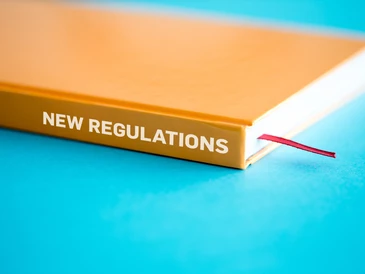
Handling Canada’s Anti-Spam Laws (CASL)

Many of our marketing automation customers asked us how to deal with the new CASL rules. We wished to share with you valuable information concerning this issue. Please feel free to spread the word:
What is CASL?
It’s Canada’s new anti-spam law, which generally prohibits the sending of any commercial electronic message without the recipient’s consent (permission), including messages to email addresses, social networking accounts and text messages sent to cell phones.
What is the timeline?
The CASL was first introduced in July 2014, as a new set of rules that protect Canadians from malicious spam, with a three-year period to comply. It came into full effect on July 1, 2017.
Who is affected by it?
The CASL affects all businesses, including charities and non-profit organizations. Even if a business is located on the other side of the globe – it may still be subjected to a lawsuit.
What type of communication is prohibited?
CASL applies to emails, SMS (text), social media or instant messaging, and any similar messages sent to electronic addresses. Note that the anti-spam law applies to “commercial electronic messages” only, and it does not include telephone calls/ voicemails within that definition.
What about my customers?
Your current Canadian customers are not affected by the law, as long as you have previously provided your products or services to them and they haven’t chosen to opt out.
Your new Canadian recipients of a commercial email (an email related to an offer to sell a product or service) must explicitly say they want to receive your emails and you have to prove it if asked. They must be fully “opted-in” in order for you to be allowed to send them any marketing content. That means the contact must have expressly agreed to receive emails about your products/services. You will need to have a record to back this up, proving that the contact actually requested to be contacted or otherwise checked a box agreeing to receive additional information. (i.e., if someone signed up at a trade show, you need to have records showing that this is how you received the opt-in).
What are the implications?
There are no automatic penalties, but the range of enforcement tools available are from warnings to penalties (up to $1 million for individuals and $10 million for businesses).
How CASL will change the way I use my marketing automation system?
You will have to identify Canadian leads. It is recommended to use as many ways as possible: Country, Zipcode, Provinces, data provider check ext. And email to implicit or explicit consent ONLY. Opt-out/unsubscribe notices need to be prominently displayed, even where you have consent.
Do you have any recommendations?
It is highly recommended to document your mailing policy (process, responsibilities, training), adding a procedure of double opt-in for leads in Canada, using a dynamic consent box in all forms (opt-in box is shown if country=Canada), using no pre-toggled/ pre-checked boxes, etc. Most importantly, you should validate your database to clean and enrich it.
We’re here for any questions.
